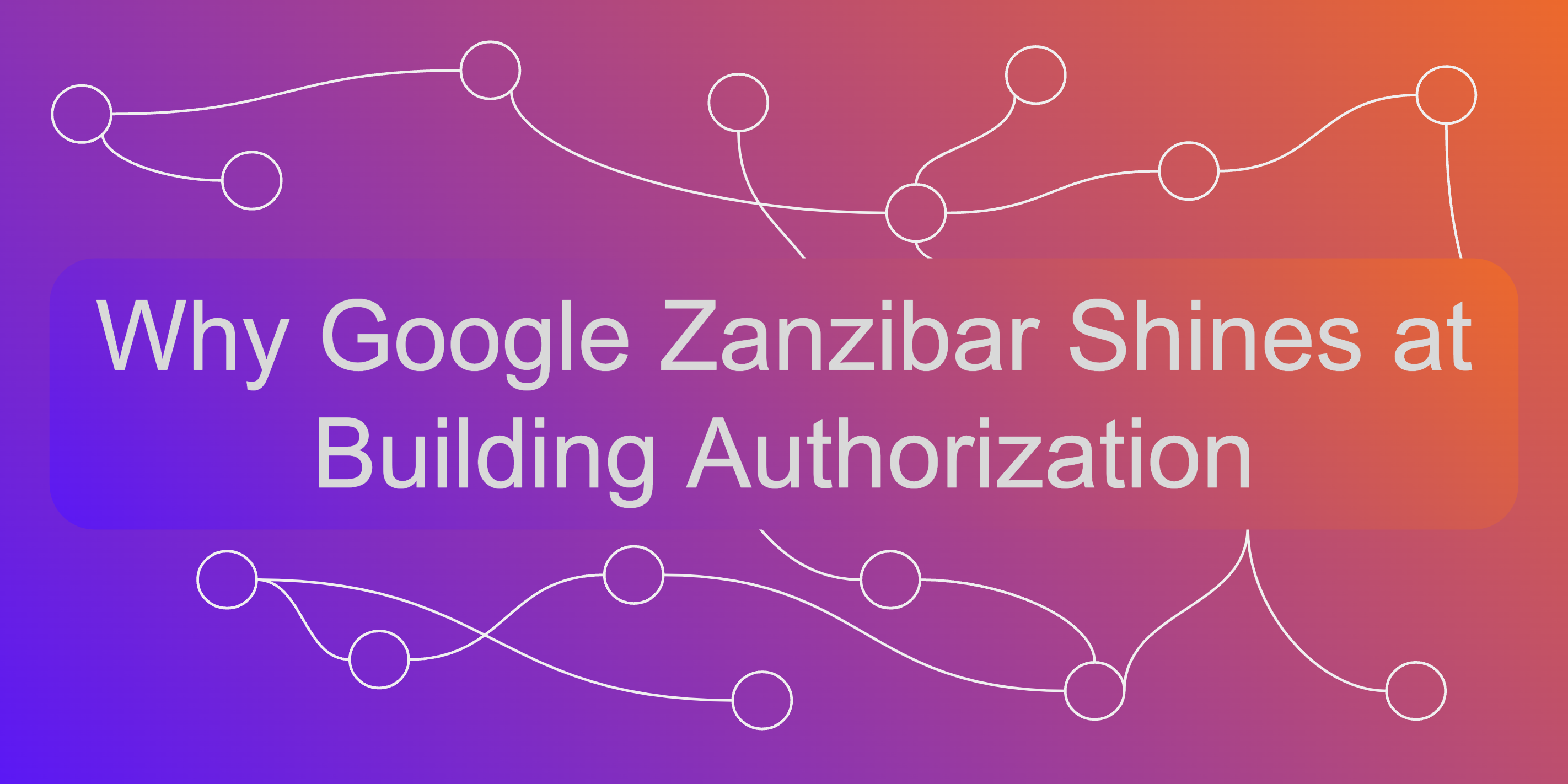Why Google Zanzibar Shines at Building Authorization

Over the last couple years, authorization (AKA “authz”) has become a hot topic of debate. Proponents of various authz frameworks, libraries, and philosophies have voiced their opinions on how it should be implemented, jockeying for position to become the de facto way to implement authz. Among the contestants in this debate, Google’s Zanzibar has recently emerged as a popular way of not only modeling and enforcing authorization for modern, fine grained use cases, but also of scaling to meet the requirements of today’s large-scale, cloud-native applications.